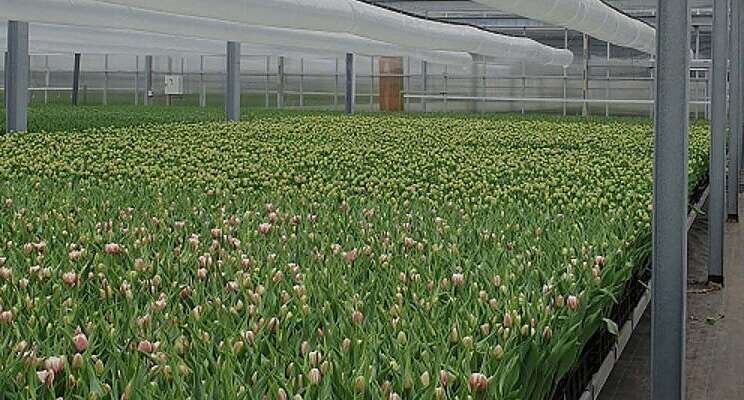Dehumidification of greenhouses using less energy
Added on 29 January 2022

Greenhouse as Energy Source is the innovation program that stimulates energy saving and the use of sustainable energy in greenhouse horticulture. The programme is a catalyst for technological innovations with a focus on demonstrating greenhouse concepts, techniques and developments aimed at reducing fossil energy consumption. For example, the Kas2030 research is part of Kas als Energiebron: research is being done here into fossil-free and emission-free cultivation.
Humidity
More energy-efficient cultivation in a well-insulated greenhouse has consequences for the humidity in the greenhouse. In a poorly insulated greenhouse, an extensive amount of moisture condenses against the windows and plus more leakage ventilation. As a result, the humidity remains low, though heat is lost. Mechanical dehumidifiers are applied in energy-efficient greenhouses: the moisture condenses and the heat released during this process is returned to the greenhouse air. In this way the energy is conserved.
This dehumidification system can also be used in less cold periods. The heat is then stored to be used at a later time. This reduces the energy consumption of the greenhouse even further.
Source and Photo Courtesy of Wageningen University & Research
Source: Wageningen University & Research
More news















